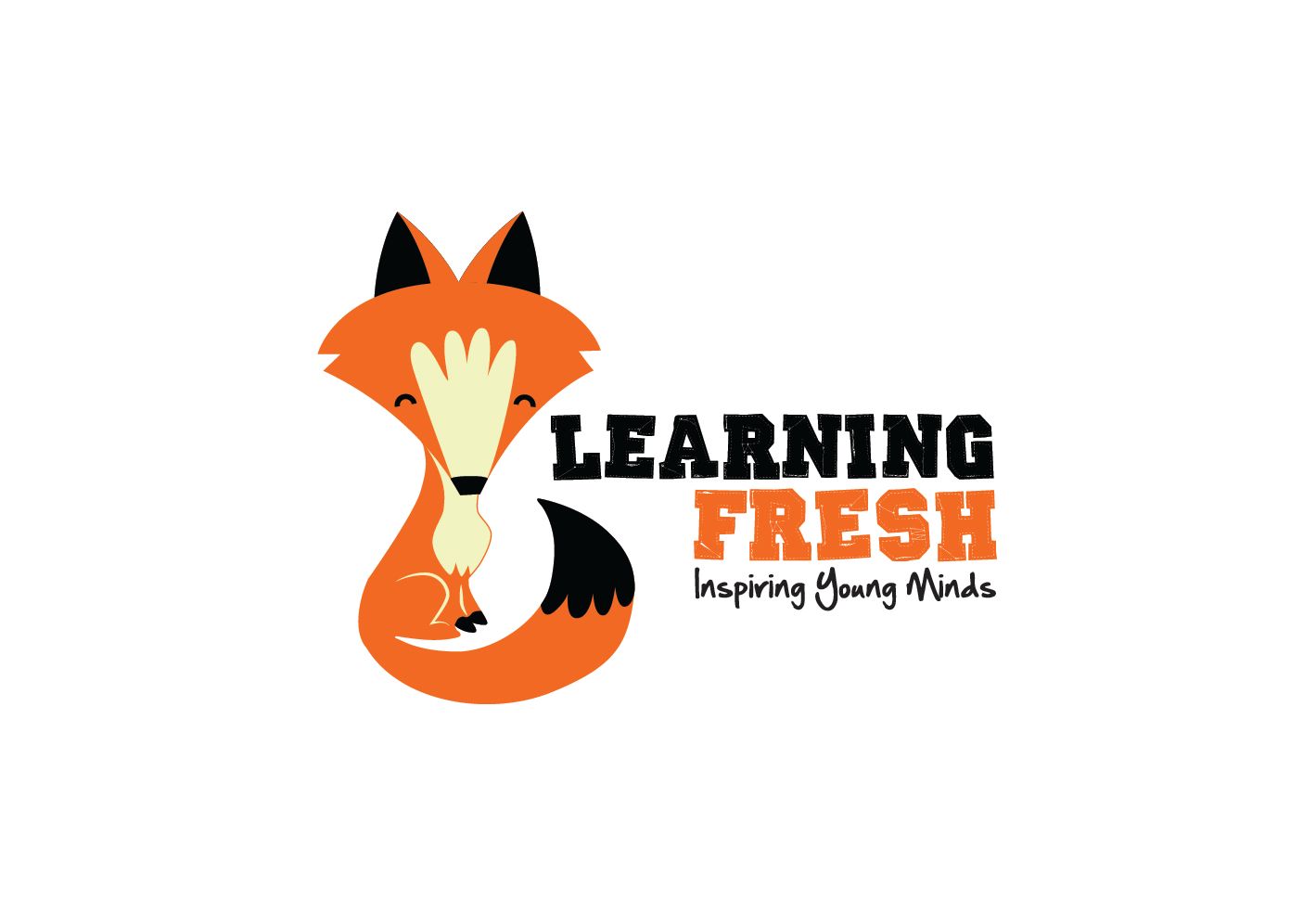Comparing Traditional vs. Modern Learning Centers: Which is Right for Your Child?
Understanding Traditional Learning Centers
Traditional learning centers have been the cornerstone of education for decades. These institutions are often characterized by structured classroom environments, a standardized curriculum, and certified teachers. The goal is to provide a consistent learning experience with an emphasis on core subjects such as mathematics, language arts, and science.
One of the main advantages of traditional learning centers is their focus on discipline and routine. Children are expected to follow a set schedule, which can help instill a sense of responsibility and time management. Furthermore, these centers often offer a wide range of extracurricular activities, allowing students to explore interests beyond academics.

Exploring Modern Learning Centers
Modern learning centers have emerged as an alternative to traditional education, offering a more flexible and personalized approach. These centers often incorporate technology and innovative teaching methods to engage students in the learning process. The curriculum is typically tailored to the individual needs and interests of each child, providing a more customized educational experience.
One of the key benefits of modern learning centers is their adaptability. They often employ project-based learning, collaborative tasks, and digital resources to enhance the educational experience. This approach not only makes learning more engaging but also helps develop critical thinking and problem-solving skills.

Comparing Educational Approaches
When comparing traditional and modern learning centers, it's important to consider the educational approaches they employ. Traditional centers focus on direct instruction and rote memorization, which can be effective for subjects that require a strong foundational knowledge. However, this method may not cater to all learning styles.
In contrast, modern learning centers emphasize experiential learning and student-led exploration. This approach fosters creativity and independent thinking but may lack the structure some students need to thrive. Parents must assess their child’s learning style and preferences when choosing between these options.

Evaluating Social and Emotional Development
Social and emotional development is a critical aspect of education that varies significantly between traditional and modern learning centers. Traditional centers often provide a structured social environment with clear rules and expectations, which can help children develop social skills within a defined framework.
Modern learning centers, on the other hand, prioritize emotional intelligence and self-awareness. These institutions often encourage open communication and collaboration, allowing students to express themselves freely and develop interpersonal skills in a more fluid environment.
Making the Right Choice
Choosing the right learning center for your child involves weighing the pros and cons of each type. Consider your child's personality, learning preferences, and specific needs when making this decision. Some children may thrive in a structured environment with clear expectations, while others may benefit from a more flexible, personalized approach.
Ultimately, the choice between traditional and modern learning centers comes down to what will best support your child's growth and development. By understanding the unique offerings of each type of center, you can make an informed decision that aligns with your child's educational goals.

